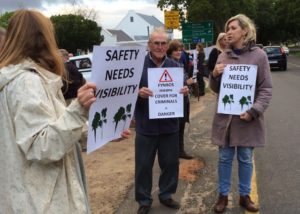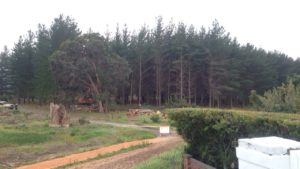As the public participation process on the future of Tokai-Cecilia moves into its third year, things remain no clearer than they were two years ago. The fundamental issue of shaded landscapes vs fynbos biodiversity restoration remains the primary contest, as it has done since 2006.
Without this contest being addressed, the discord between those who want to see a holistic outcome of shaded and cultural landscapes alongside recreational areas and fynbos restoration, and those intent on fynbos restoration only, will continue.
After two years of intense input by stakeholders – involving hundreds of hours of work – we are still no closer to a final decision on the future of Tokai and Cecilia.
The commenting period on the Revised Draft, which was released on 19 May this year, closes tonight at midnight (19 June) and a number of people have approached us for guidance.
While the 109 page Revised Draft is dense, we have endeavoured to lift outs some of the elements about which Tokai and Cecilia Forest users have expressed concern. The responses may also give you some additional insight into some of the issues.
Attached is a template for your use. You will need to print out the PDF and complete by hand, scan and save, and send off to TCMF@sanparks.org
Please ensure you complete your details and sign and date the document. You may wish to delete or add to the document by way of expressing your own concerns.













